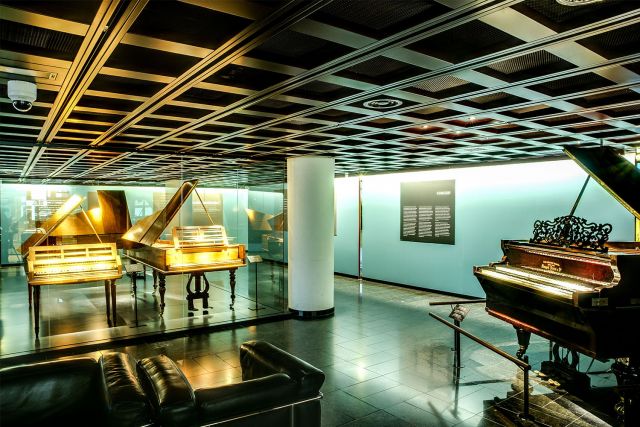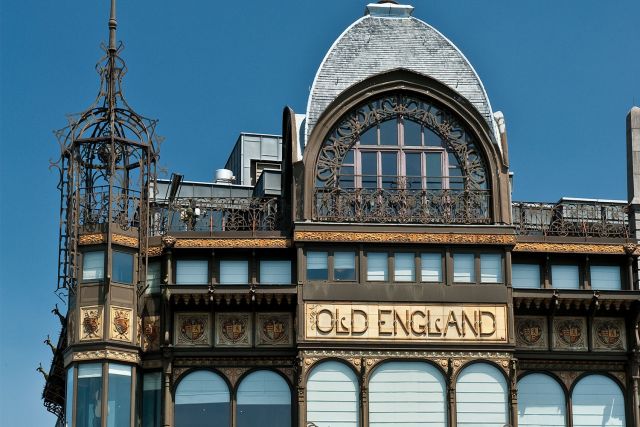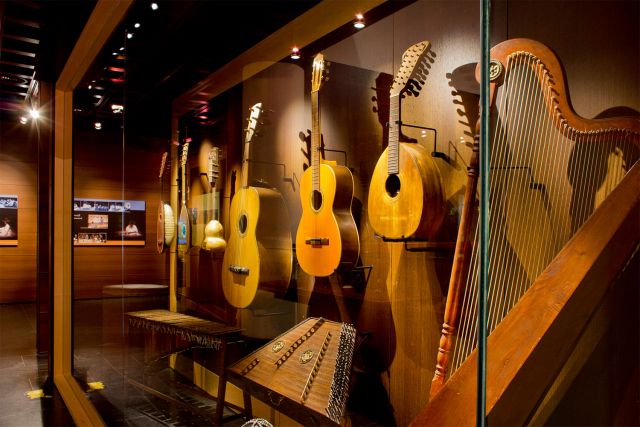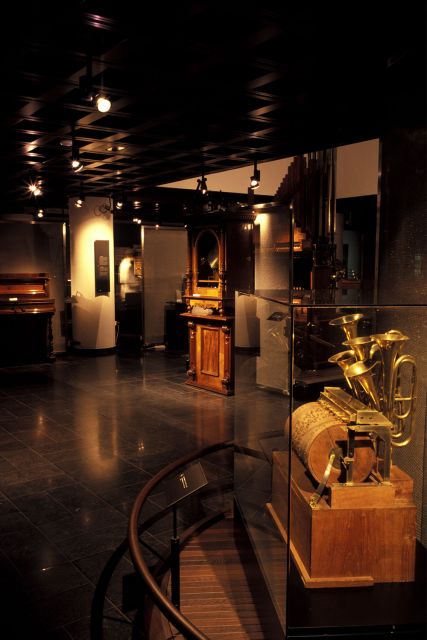



Musical Instruments Museum (MIM)
- Brussels, Belgium
- Museum
Tuesday to Friday 09:30 - 17:00 and Saturday, Sunday and holidays 10:00 - 17:00
+32 25450130
The founding of the Musical Instruments Museum dates back to 1877, when it was attached to the Brussels Royal Music Conservatory with the didactic purpose of showing early instruments to the students. At the very beginning two different collections were joined together. One belonged to the Belgian musicologist François-Joseph Fétis, the other was offered to King Leopold II in 1876 by the Rajah Sourindro Mohun Tagore and comprised about 100 Indian instruments. Over the years, the museum’s different sections were scattered across 15 different buildings. Only in 2000 were the precious artefacts transferred to Montagne de la Cour, one of the Art Nouveau gems of Brussels.
At the MIM you can find exhibits from western classical music, ranging from late medieval and renaissance times up to the end of the 19th century. Particularly fascinating is the room dedicated to traditional musical instruments from around the world. Musicus mechanicus, a collection of mechanical, electrical and electronic instruments, includes a componium, a 19th century orchestrion that automatically composes an infinite variety of music.









